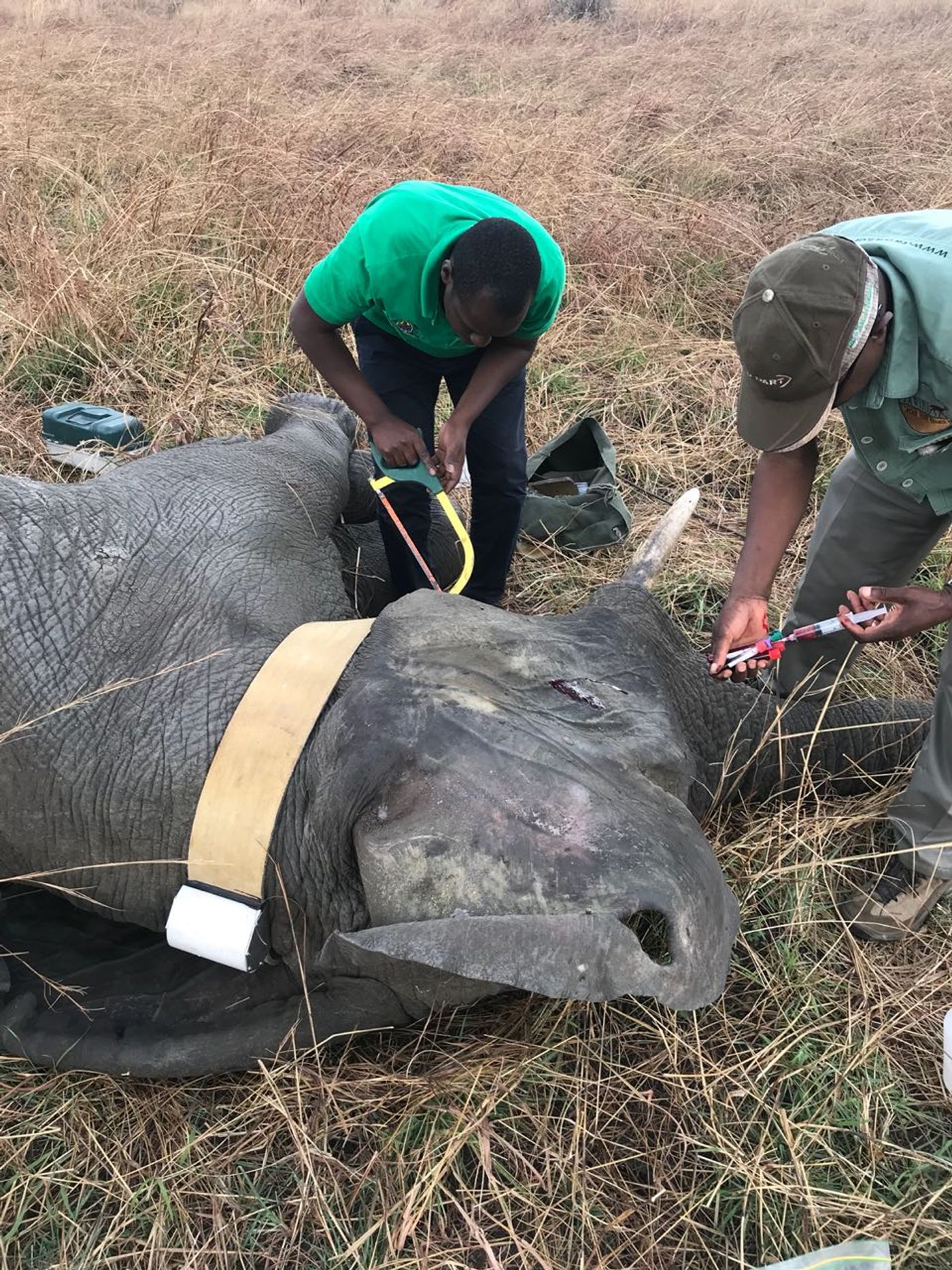The WWF is Outfitting Tanzanian Elephants with Satellite-Trackable Collars
Animal poachers frequently target elephants because their ivory tusks can rake in a significant profit on the black market. But contemporary technological advancements are helping animal conservationists in the fight against animal poachers.
The World Wildlife Fund (WWF) issued a public statement this week highlighting how animal conservationists will be outfitting 13 adult elephants in Tanzania’s Mikumi National Park and Selous Game Reserve with satellite-trackable collars during the first two weeks of September.
Image Credit: TAWIRI via WWF
It’s not the first time that animal conservationists have used this type of technology to monitor elephants. In fact, it has proven itself as a somewhat successful means of tracking the animals and curbing illegal poaching. That said, expansion of these efforts seems like a step in the right direction.
“We are excited to be part of this important exercise and to support the government’s efforts in the conservation of elephants in the country,” explained Dr. Amani Ngusaru, the WWF Tanzania Country Director.
“The use of satellite collars technology is proven as an effective measure to monitor wildlife movements and at providing a security function. We at WWF hope that this exercise will enhance the security that is needed to protect elephants especially from poaching.”
Related: Elephant orphans respond unpredictably to poaching risks
These satellite-trackable collars provide animal conservationists with real-time location tracking and insight into the animals’ behavioral patterns. Data like this would be an animal poacher’s dream, but on the side of righteousness, it holds the potential to better protect elephants against the dangers they face.
But the reduction in animal poaching isn’t the only benefit to these collars; as the statement notes, conservationists can also use them to help reduce how frequently human/elephant interactions transpire.
Related: Scientists expose East-African elephant poaching patterns
Without a doubt, it should be interesting to watch these efforts go on to benefit local elephants. After all, elephant populations have been in severe decline for decades, so the additional efforts to protect them from extinction are indeed necessary.
Source: WWF









